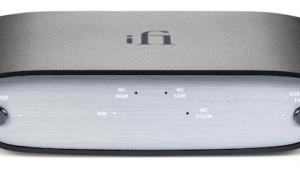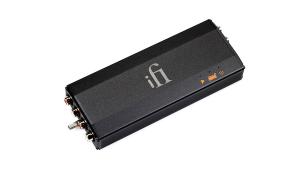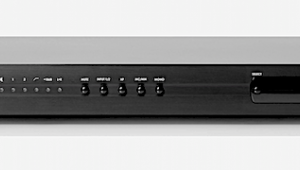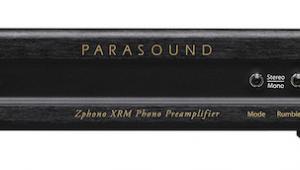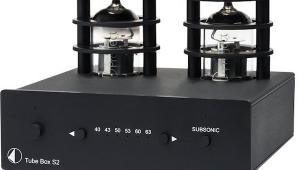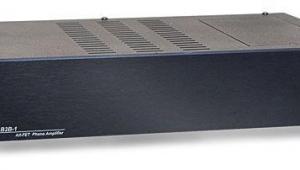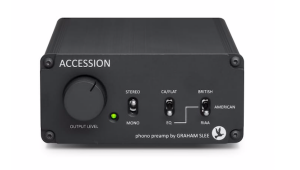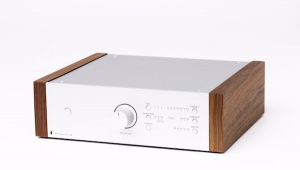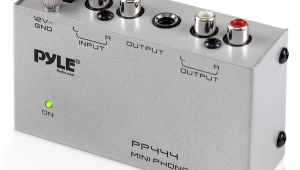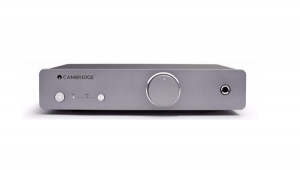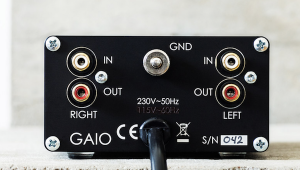Would you really take a chance on this unit rather than a Parasound JC-3+, or a Lehmann Decade, or a Sim Moon 310LP or a Luxman E-200...?
Claimed RIAA matching is 2% - is that the best they can do?
More info needed on the "Nuetrik" [sic] connectors being used.
Is there a subsonic filter?
Only 47K loading for fixed coil cartridges?
Some have flatter frequency response when loaded with ~33K or up to 100K.












